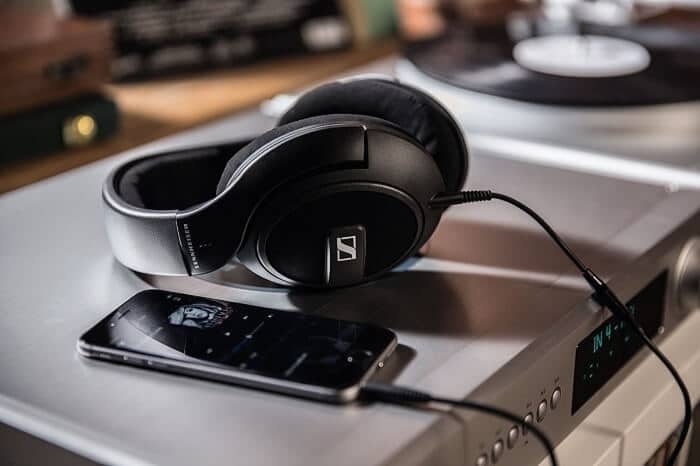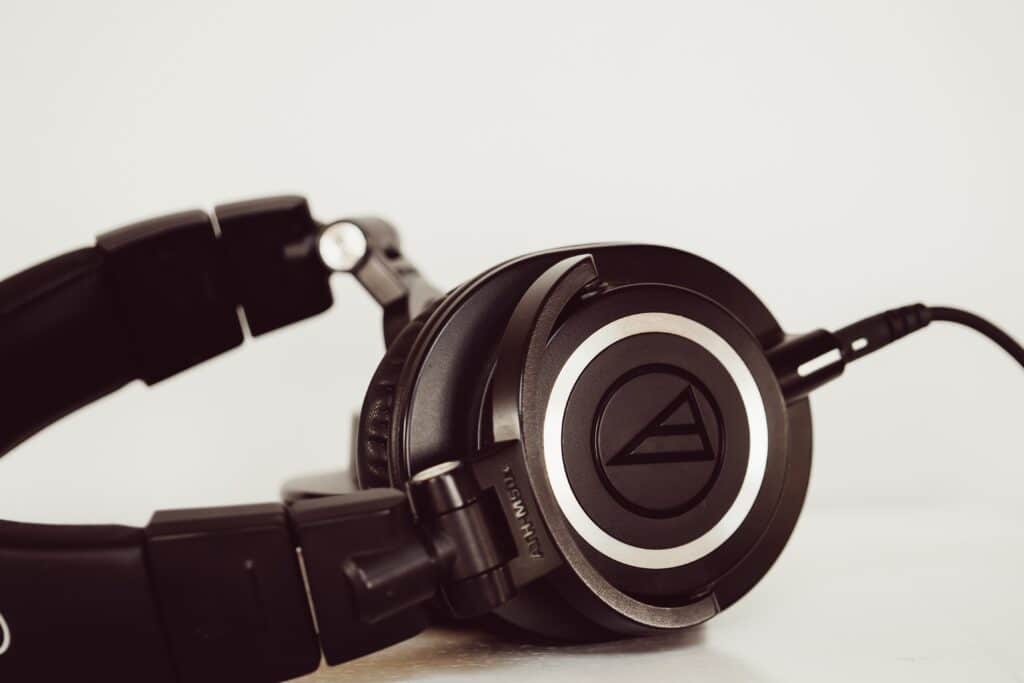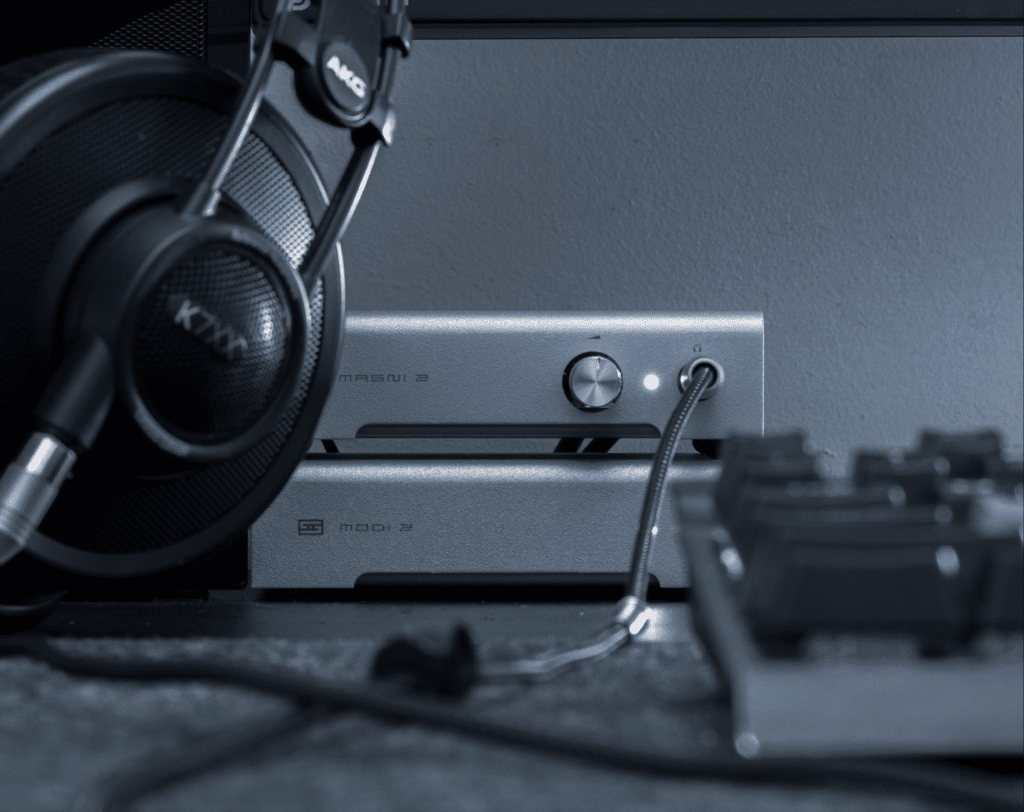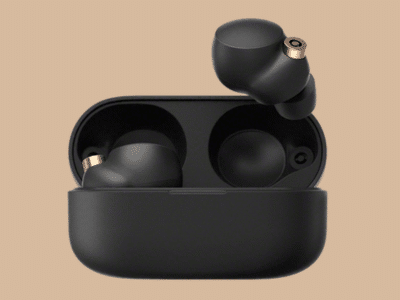Why Do You Need Headphones Designed for Transcription?
 As for transcriptionists, the headphones allow them to fully immerse themselves in the audio or music they are transcribing. In essence, as a transcriptionist, you need headphones designed for transcription as they have the following:
As for transcriptionists, the headphones allow them to fully immerse themselves in the audio or music they are transcribing. In essence, as a transcriptionist, you need headphones designed for transcription as they have the following:
- Neutrality and precision
They are designed for professionals and offer a wide and very rich sound image. The lows, which are a problem in transcription, are better projected than in normal headphones/headsets.
- Optimal comfort
Sometimes it takes hours to fully transcribe an audio file. As they are engineered for hours of use by transcribers, you will have even more comfort and concentration. These headphones leave you with no hurting ear.
- Quality/price ratio
Professional headphones are often quite expensive. But many good quality headsets designed for this work are available at low prices, often below $50. You just need to check from our review.
Important Features
It’s no secret that the market for transcription headphones is becoming more and more competitive. So, how do you choose among all these varied models? To begin with, you can check out these features and decide which one will meet your needs and taste.
Fit style
From the point of view of the structure, the audio listening products are usually divided into under-chin headphones, around-the-ear headphones, over-ear headphones, in-ear headsets.
The over-ear and supra-aural headphones have the characteristic of completely covering the auricle, differentiating themselves from on-ear or supra-aural headphones that have smaller components that rest on the ears. This offers a certain difference both in terms of sound insulation and weight and comfort.
If you want a versatile headphone, you can use it for transcription and maybe for listening to music, and then we recommend over-ear headphones such as the Audio-Technica ATH-M50X or the Sennheiser HD 280 PRO. If you want headphones/headsets strictly for transcription, you will be comfortable with under-chin headsets such as the WordSleuth in-Ear Transcription Headset and the Spectra USB Transcription Headset.
Open/closed
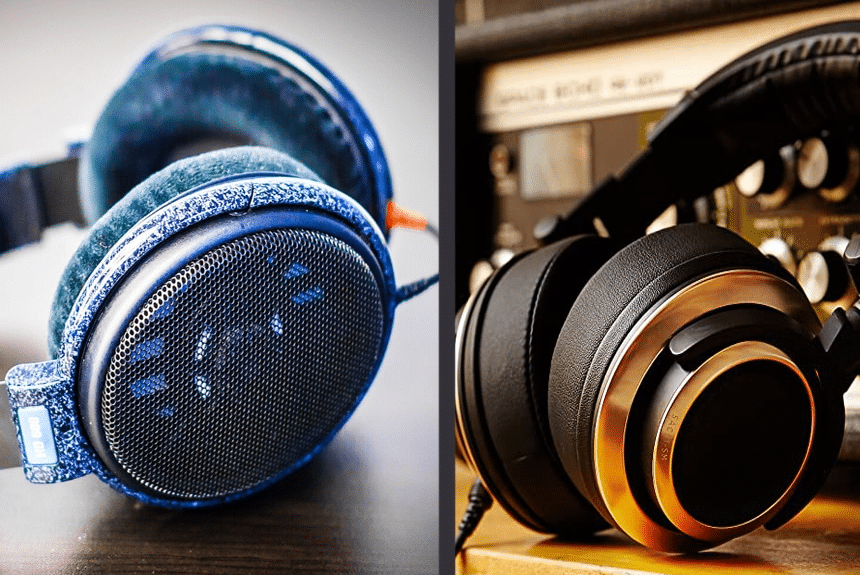 When it comes to overhead or around-the-ear headphones, there are two general designs.
When it comes to overhead or around-the-ear headphones, there are two general designs.
- Open headphones: The so-called open headphones have open shells allowing a glimpse of the loudspeaker, which diffuses the sound. The sound is diffused towards the ear of the user but also towards the outside. This means that this type of headphone does not isolate outside noise. There are advantages and disadvantages to choosing an open transcription headphone. For example, the frequency range is often very wide, and these headphones provide fuller and richer sound. On the other hand, open headphones do not provide any isolation from neighboring noise. Therefore, they are suitable only in closed and very quiet places.
- Closed headphones: Unlike open headphones, a closed model isolates all outside noise. This is due to the closed structure of its shells. This is one of the big advantages of these headphones: whatever the environment, you will only hear the audio recording you are working on. Another advantage of this kind of headphone is: it offers a very solid signal/noise ratio. In contrast, the closed structure narrows the frequency range and somehow “impoverishes” the sound image. The Audio-Technica ATH-M50X and the Sony MDR-7506 are good examples of closed headphones.
Driver size
Drivers are the most important part of an audio playback device because the quality of the sounds produced depends on them. They are usually hidden inside the device, so it is difficult to observe them without taking the device apart.
There are different types and characteristics from each other, which is why they are among the components that need to be chosen with greater attention. The drivers are small metal discs placed inside the earphones of the headphones: it is from them that the sound is actually produced.
The task of the drivers is to transform the electrical signal coming from the source (mp3 player, smartphone, etc.) into an audio signal and thus allow the reproduction of a piece of music, sounds, or noises.
The dimensions of the drivers can vary significantly between various headphone models: for example, in-ear models can measure 6-12 mm, while for over-ear models, they measure 30 or 100 mm.
It is often believed that the large size of the drivers is related to a higher bass power, but in truth, the large size is not necessarily a sign of higher quality bass.
Drivers larger than 50mm are often unable to reproduce high-quality high-pitched sounds. There are many types of drivers, which should certainly be considered by those who are looking for a product capable of satisfying specific needs.
- Dynamic Drivers: They are the most used drivers and present in almost all in-ear or over-ear models. They are generally larger to ensure great low frequencies but tend to be thicker than the others.
- Planar Magnetic Drivers: These drivers are extremely thin and light compared to those commonly used in most devices. Unlike a dynamic driver, where electric current is transferred to the diaphragm by a coil, the energy is conveyed evenly over the entire surface of the diaphragm. To operate, these drivers use three main components: a coil, a diaphragm, and an array magnet.
- Electrostatic Drivers: Electrostatic drivers use an electrically charged diaphragm. Headphones using these drivers are usually very expensive and particularly suitable for demanding customers. These drivers allow obtaining very high-quality audio. These drivers consist of an electrically charged diaphragm connected to two electrodes. The sound signal is transferred to the electrodes, which create an electrical signal. The membrane vibrates, generating sound waves and reproducing the musical piece.
Frequency response
The most important technical parameter that distinguishes the monitor headphones is the frequency response. This is even more important than the impedance and other factors that are also decisive in general for the choice of a good pair of headphones. Technically, the frequency response indicates how our headphones can reproduce frequencies based on the incoming audio signal and is measured in Hertz (Hz). Each headset has a different frequency response, based on the purpose sought by the manufacturer: those for transcriptions must have good lows, ho to 15 Hz, those for DJs, have a very accentuated bass emphasis, while the studio headphones cover the range of the human ear, which can hear sounds from 20 Hz (the lowest) up to 20,000 Hz (the highest).
There are also headphones on the market that promise ranges higher than the human ear, from 5Hz to 35,000 Hz, but they are certainly not an indication of better quality: the important thing in transcription headphones is to return the minimum and maximum possible fidelity to the sound. In summary, a good range for transcription headphones is between 10 Hz to 20 kHz.
Impedance
With this term, we indicate the ability of an electrical circuit to resist the passage of alternating current. It is the result deriving from the sum of the effective capacitive, resistive and inductive elements of an electrical circuit. Impedance is indicated by the Ohm symbol (Ω). This is an aspect to take into account when preparing to buy a device necessary to listen to recorded audio files or music, especially if there is a strong need to be able to listen to high-definition sounds.
Manufacturers make use of different materials to make devices with more or less high characteristics. Among the components necessary to allow the appliances to function correctly, there are also magnets. Magnets require a certain amount of electrical energy to function properly. The whole circuit causes hindrances, which slow down the flow of current inside the device, and the strength of the hindrances is called impedance. A low-level impedance (for this kind of device, it is between a value of 16 and 32 Ohm, no more) offers little resistance. In this case, it is easy to manage the current flow, and higher volumes are guaranteed.
Headphones guarantee the possibility of listening to music and sounds at high volumes if the impedance is greater than 32 Ohms. Let’s say we are using headphones with an impedance of 80 Ohm: in this case, we have a relatively moderate current resistance value.
Cable type
The cable of the headphone can be braided, coiled, straight, or adjustable. Headphones with longer cables of up to 10 feet, such as the Spectra USB Transcription Headset, should be adjustable and held in place for ease of use.
Cable length
Transcription headphones require longer cables for convenience from the transcription station. A good cable length should be between 7 to 10 feet. The Spectra USB Transcription Headset and the WordSleuth in-Ear Transcription Headset have the longest cables in the review.
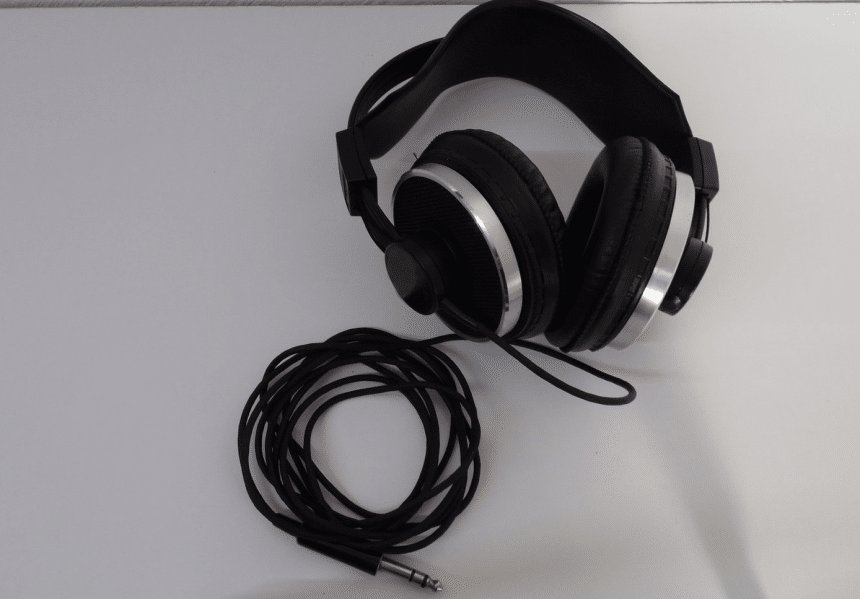 Accessories
Accessories
Some of the accessories to watch out for include, for frequent travelers, a pouch, an easy attachment, a clip. Other important accessories include the ear cover, a speaker cable, or an auxiliary cable.
Weight
The weight of the headphone can also determine the comfort they can offer. A heavy pair of over-ear headphones is going to throw weight on the ears and will not be ergonomic. It doesn’t matter the technology used in the design of the pads, and if a pair of headphones is too heavy, it will end up hurting your ears, causing headaches when used for long hours.
Lightweight headphones can be used for up to 10 hours without feelings of discomfort.





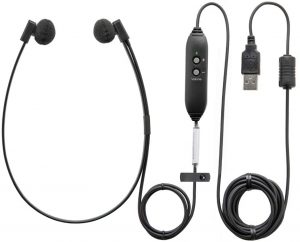
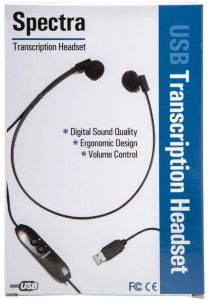
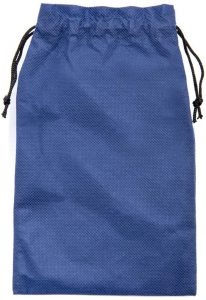
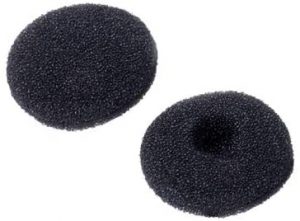
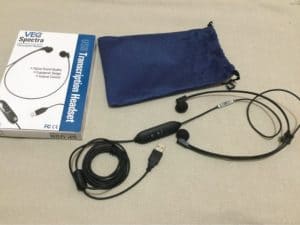
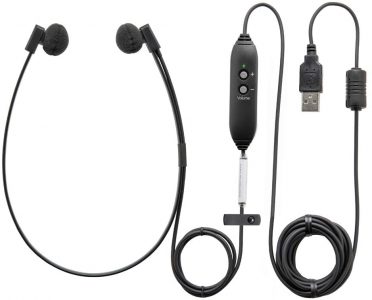
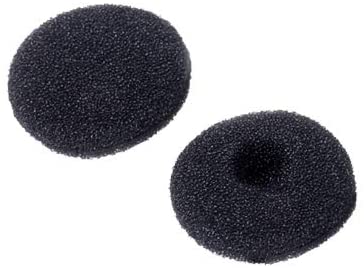
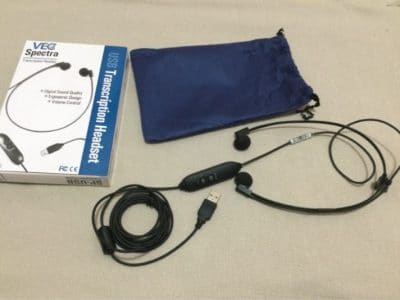

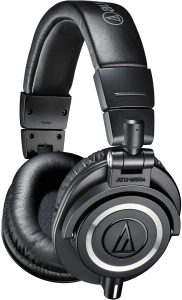
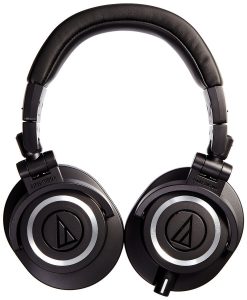
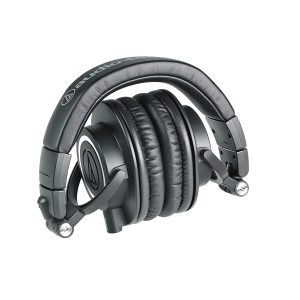
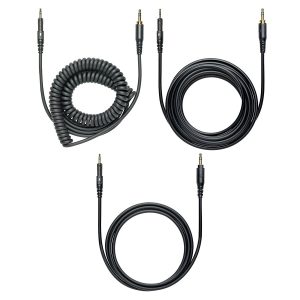

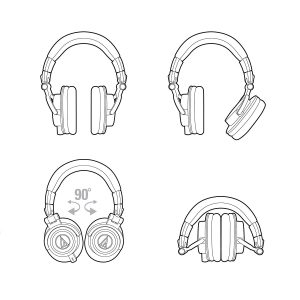
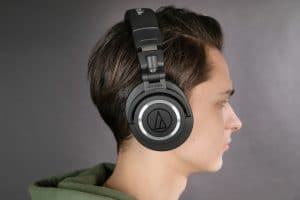
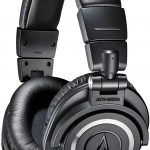
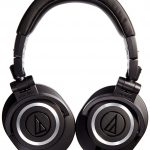
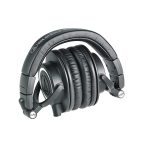
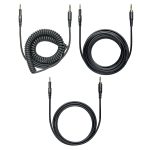
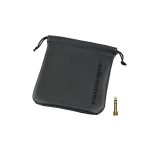
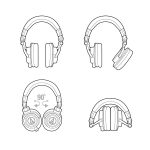
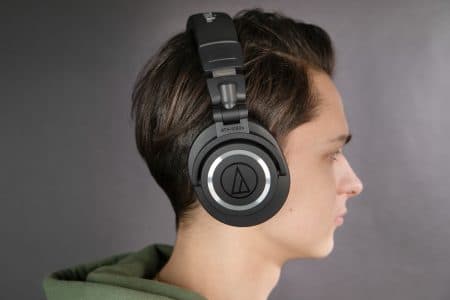
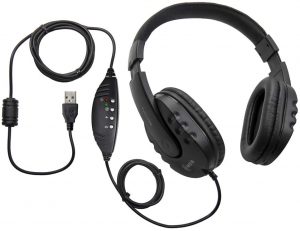
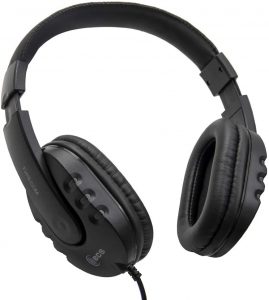
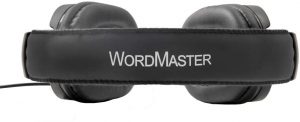
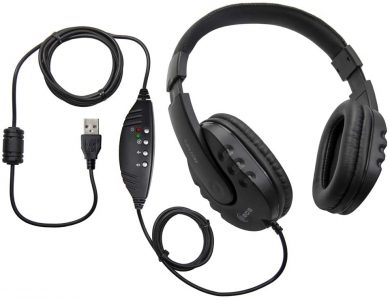
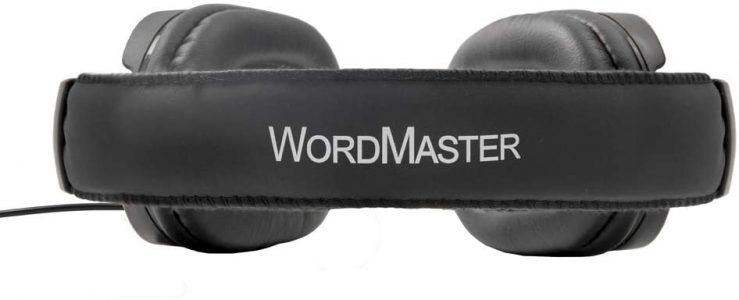
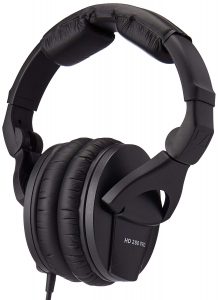
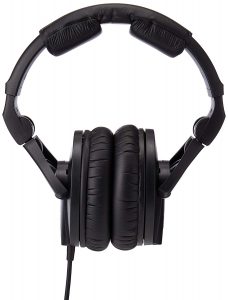
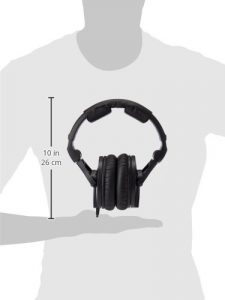
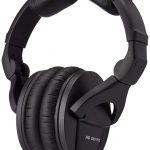
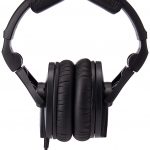
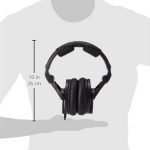
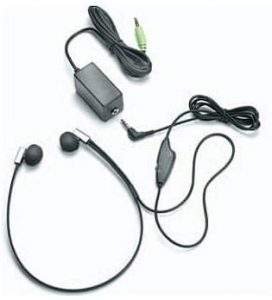
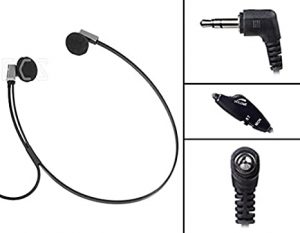
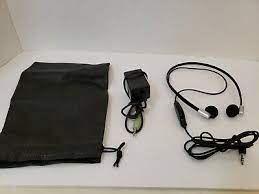
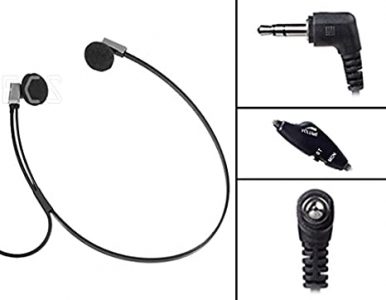
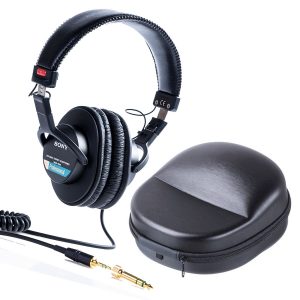
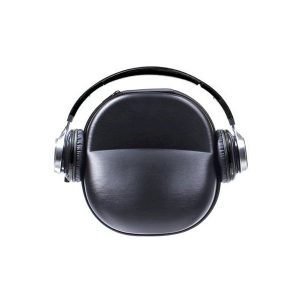
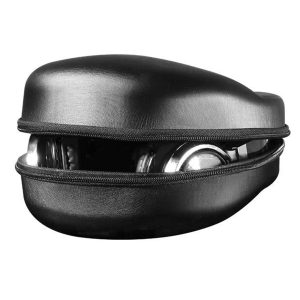
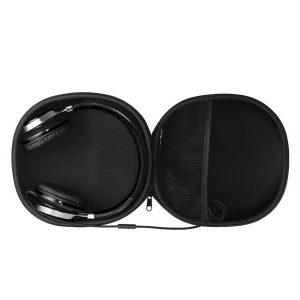
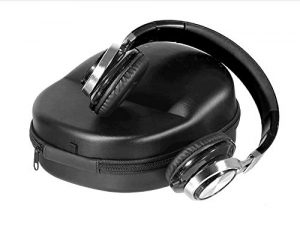
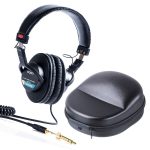
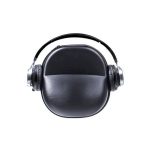
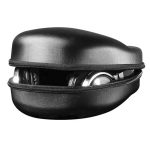
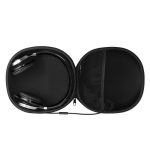
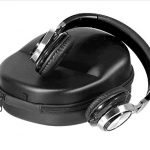
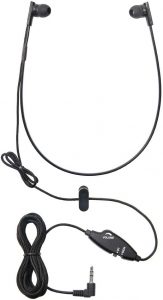
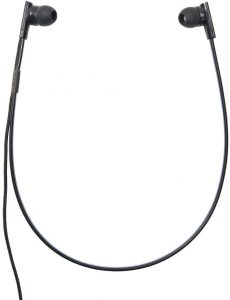
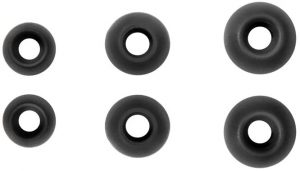
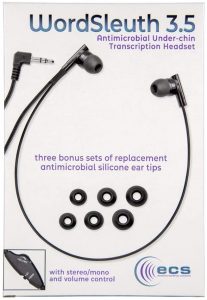
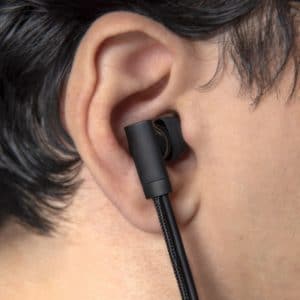
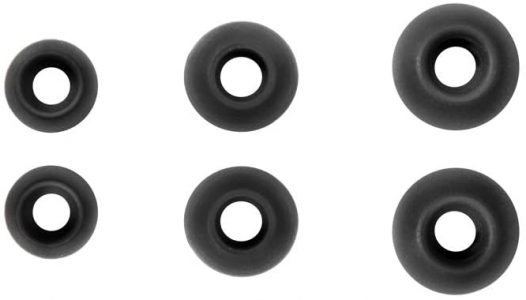
 As for transcriptionists, the headphones allow them to fully immerse themselves in the audio or music they are transcribing. In essence,
As for transcriptionists, the headphones allow them to fully immerse themselves in the audio or music they are transcribing. In essence,  When it comes to overhead or around-the-ear headphones, there are two general designs.
When it comes to overhead or around-the-ear headphones, there are two general designs. Accessories
Accessories





